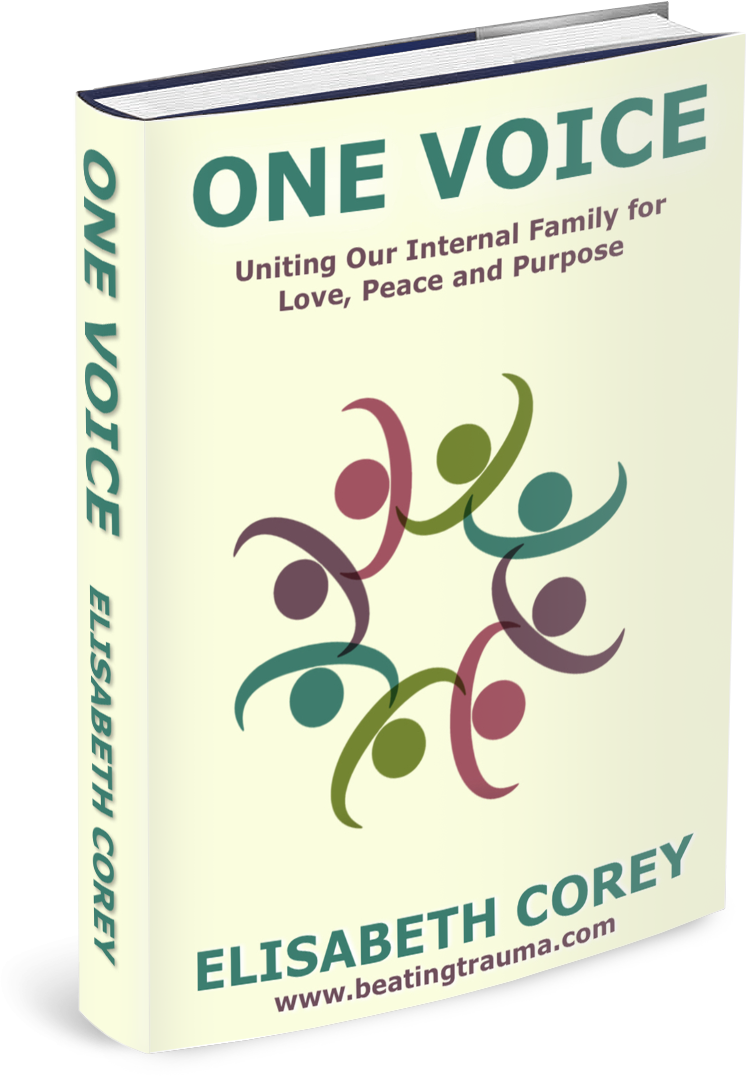This week has been a big week for the anti-human trafficking movement. I am thrilled with the media attention related to the sting operation. I am also excited that so many of my friends have been interested in the story. I love it when people are talking about this issue because it increases awareness. And awareness means prevention. It is that simple.
That being said, there is something about the extra attention that concerns me. The more people and media outlets discussing an issue, the more potential for misperceptions of the problem. I have read several articles this week discussing how trafficking is not sex trafficking, and sex trafficking is not just about children. This is so true. The media will focus on what brings the most readers, and labor trafficking of adult men doesn’t create the interest. Also, the public is more willing to accept that a girl or boy can be coerced in to sex trafficking. They are less likely to believe that adult women and men could be controlled in that manner. Most people believe that adult women and men are willing participants, which is far from the truth.
Although these misperceptions concern me, there is something that concerns me more. The crime of trafficking builds fear in the general public. It is very scary to think that a human trafficking victim might look like everyone else. There seems to be an effort to create some kind of separation between a trafficking victim and the rest of the population. I have heard statements like, “Trafficking victims come from fatherless or broken homes.” “The victims usually come from other countries.” “Victims are usually from families struggling with poverty.” None of this is correct.
I have seen this fearful approach used with other tragedies. When the earthquake hit Haiti, Pat Robertson claimed that they brought it on themselves. Why did he say that? I believe it was too difficult for him to admit that he was just as likely to lose everything in a massive earthquake. In reality, he is. We all are. Similarly, many tried to separate themselves from the victims of Hurricane Katrina by blaming those who stayed behind (even though they had no means to leave). Stereotyping victims, which is one form of victim blaming, may relieve some of our fears on the surface, but it doesn’t do anything for our compassion for others.
I know human trafficking victims that come from many races, ethnicities, socio-economic backgrounds, education levels and family structures. Personally, I was trafficked while living with two college-educated parents, in a middle-class suburban community. We were white. We were not poor. We were socially engaged in our community. I attended a regular public school. It is difficult for the average American to separate themselves from my circumstances. And that’s scary.
As a society, it is important that we reach beyond our fear and come to the realization that human trafficking is pervasive everywhere. We need to understand that all children are potential targets. We need to understand that adults are just as likely to be coerced or forced to work or provide sex. We need to leave behind the concept that “this can’t happen to me” and wake up to our reality. As I stated before, awareness is prevention. But awareness means more than admitting that trafficking exists. It means admitting that trafficking potentially exists for anyone, anywhere, anytime. This is true awareness. This is what we need now.



Fear rules many lives, let others not look at less fortunate, no matter the circumstances.
the need for voices like yours for other women is much needed and your acceptance that all men are not a users helps healing.
Your blog itself is a loving kindness offering to others, very nice.
Thank you so much Marty!
You know until I read this, it had never crossed my mind that men could be trafficked too. Thank you for the work you’re doing in this regard.
I’m glad it helped you Zoe. More men are trafficked than most know.
Wow truly sad as well. I’m assuming also boys? 🙁
Boys are more likely to be trafficked for both labor and sex, but men are trafficked for labor more often than we think, especially outside of North America.
it’s so very sad.
Absolutely. Similar to the whole debate about blaming rape victims. What a weird world we live in xx
Fear does crazy stuff to people.
Great points on the need for the discussion and definitions to be broader. Reading your blog really opened my eyes on that account. I was also sold by my parents to male and female adults for sex, but because I wasn’t kidnapped or brought to another country, etc. I would never have associated my story with sex trafficking before. The situations are much more diverse then is usually presented by the media.
Absolutely! Years ago, the definition of trafficking required movement across borders. It no longer does. I have read your blog and you were most definitely trafficked.